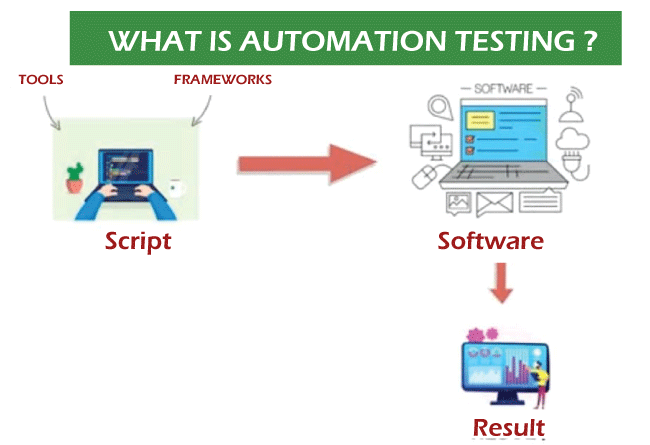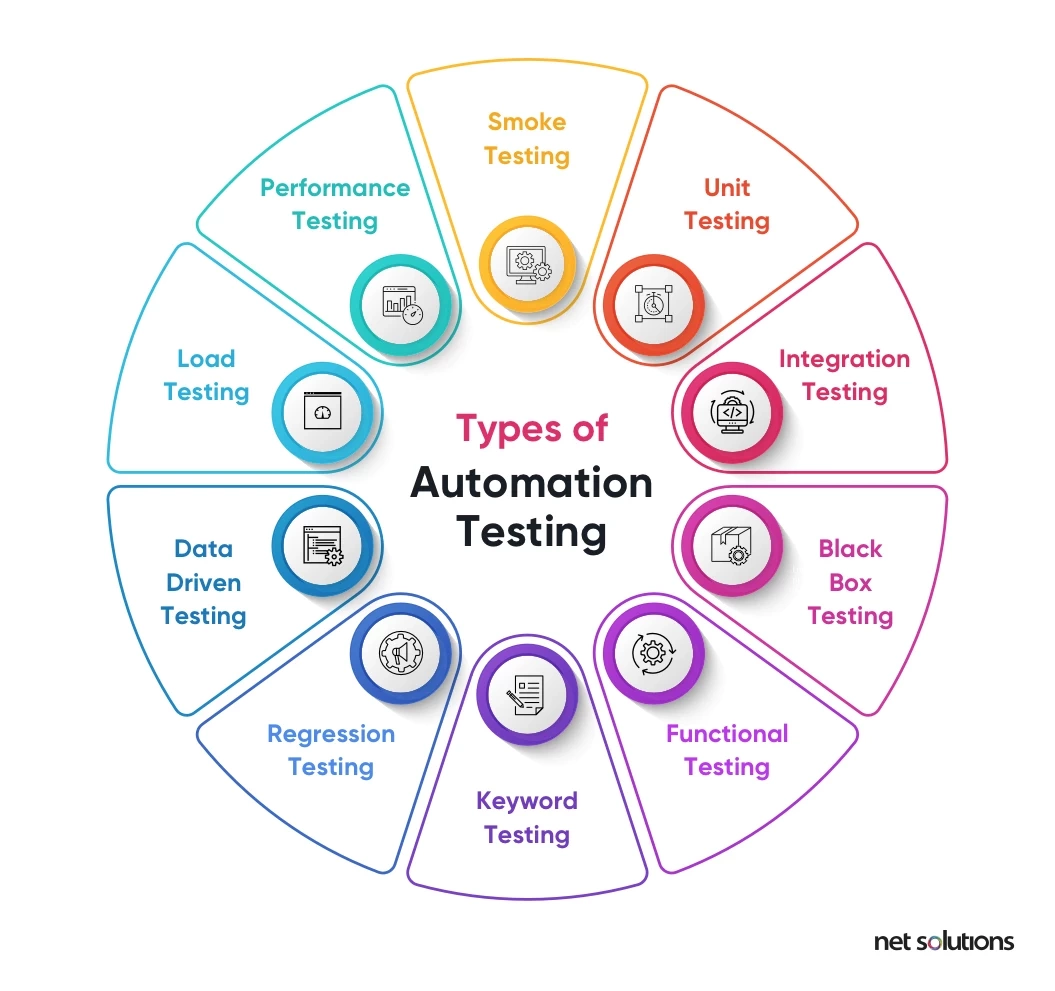Automation Testing Strategies: Best Practices for Seamless Assimilation
Automation Testing Strategies: Best Practices for Seamless Assimilation
Blog Article
From Handbook to Automated Screening: A Comprehensive Overview to Transitioning Efficiently and Effectively
In the realm of software screening, the shift from guidebook to automated procedures has ended up being an increasingly vital change for organizations seeking to improve performance and accuracy in their testing practices. As technology remains to advance, the need for efficient and seamless automatic screening methods has never been a lot more pressing. The journey from guidebook to automated testing is not without its obstacles, but when approached strategically and with a clear strategy in mind, the benefits can be substantial - automation testing. In this detailed overview, we will explore vital steps and considerations crucial for an effective transition, from the preliminary choice of devices to the integration of automation into existing process. Remain tuned to uncover the understandings that will certainly assist lead the way for a smoother and more effective screening process.
Benefits of Automated Testing
Automated testing supplies numerous benefits, boosting performance and precision in software application growth procedures. Automated examinations can be run simultaneously on several devices and running systems, drastically speeding up the screening stage compared to hands-on testing.
Additionally, automated testing ensures a greater degree of accuracy in finding problems. Consistency in testing is likewise enhanced, as automated tests perform the same actions precisely each time they are run.
Picking the Right Devices

To start with, evaluate your demands and goals. Understand the scope of your project, the technologies involved, and the ability set of your group. This analysis will certainly aid you identify the features and abilities you need in your testing devices.
Secondly, consider the compatibility of the tools with your existing processes and systems. Seamless assimilation with your present software application advancement lifecycle is vital to guarantee a smooth transition to automation.
Additionally, review the scalability and flexibility of the tools. As your screening requires develop, the devices should be able to adjust and fit adjustments successfully.
Finally, consider the assistance and community around the devices. When applying automated testing, robust assistance and an active user community can provide important resources and assistance. By very carefully thinking about these elements, you can select the right devices that straighten with your needs and set the stage for an effective shift to automated screening.
Composing Efficient Test Scripts

When crafting examination scripts, it is vital to consider the specific needs of the software program being checked and make sure that the manuscripts deal with all vital performances. Clear and detailed calling conventions for examination scripts and test cases can enhance readability and maintainability. Additionally, integrating mistake handling mechanisms within the test scripts can assist in identifying and addressing problems without delay.
Additionally, arranging examination scripts into modular components can enhance reusability and scalability, decreasing redundancy and enhancing performance in examination script maintenance. Regular evaluations and updates to test scripts are vital to keep pace with developing software application demands and functionalities. By complying with these principles, testers can develop reliable and durable test manuscripts that contribute considerably to the success of automated screening processes.
Integrating Automation Into Workflows
By seamlessly incorporating automated screening devices like Selenium or Appium right into the software application development lifecycle, teams can attain faster responses on code changes, leading to quicker insect discovery and resolution. This combination permits for constant screening throughout the development procedure, making sure that any problems are identified early on, resulting in greater software program high quality. Proper combination of automation tools requires cooperation between advancement, screening, and procedures teams to develop a unified operations that optimizes efficiency and efficiency in delivering high-grade software application products.
Making Sure a Smooth Change
Efficiently transitioning to automated screening entails thorough planning and mindful execution to maximize and lessen disturbances performance in the software advancement process - automation testing. To make certain a smooth transition, it is necessary look here to begin by conducting a complete analysis of the current testing procedures and recognizing locations where automation can bring the most significant advantages. Engaging with all stakeholders beforehand in the process, including programmers, testers, and project supervisors, is essential for gathering support and buy-in for the automation campaign
Interaction is essential during this shift stage. Clear communication of the goals, benefits, and assumptions of automated screening assists to manage any kind of resistance or worries that might develop. Furthermore, supplying adequate training and sources for staff member to upskill in automation devices and strategies is vital for making certain a successful shift.

Conclusion
Finally, transitioning from manual to automated screening provides countless advantages, including enhanced performance and reliability. By picking the suitable devices, writing effective test manuscripts, and incorporating automation effortlessly right into workflows, companies can ensure a smooth and effective transition. It is necessary to embrace automation as a beneficial possession in software program screening procedures to improve general top quality and performance.
In the realm of software program screening, the shift from guidebook to automated processes has ended up being an increasingly vital shift for companies seeking to improve performance and accuracy in their testing methods. Automated examinations can be run all at once on several tools and running systems, drastically speeding up the testing stage compared to hand-operated testing. Consistency in testing is also boosted, as automated tests carry out the click to read more exact same actions precisely each time they are run.To ensure the successful execution of selected screening devices, the production of effective test manuscripts plays an important role in confirming the performance and performance of automated processes - automation testing. By adhering to these concepts, testers can create efficient and robust test scripts that add dramatically to the success of automated testing procedures
Report this page